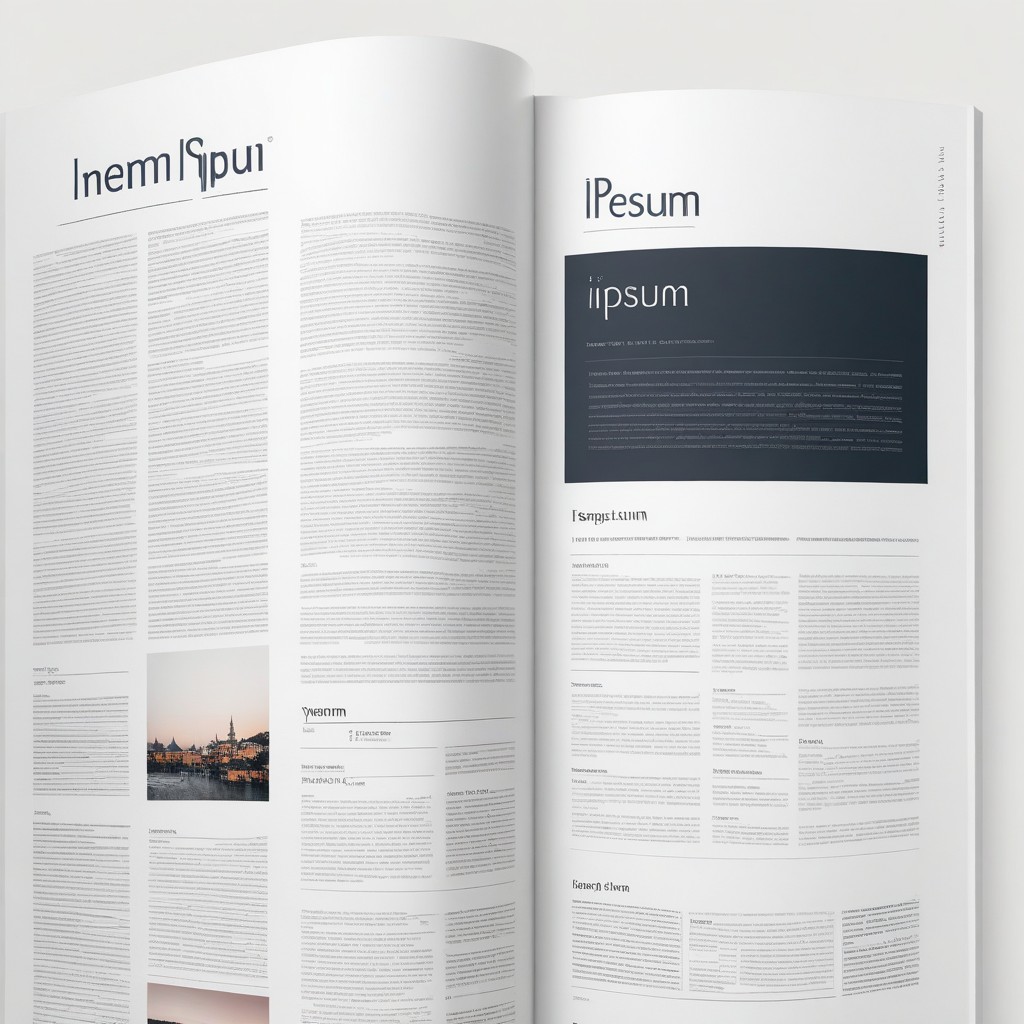
HTML Encode
Secure your HTML with our encoder. Convert special characters into entities to prevent formatting errors and security risks.
Creating well-structured and secure web pages often involves converting special characters into HTML entities. This ensures that characters like <, >, &, and others do not interfere with the code and display correctly in the browser. Using a tool like HTML Encode simplifies this process by providing a quick and easy way to encode your text into HTML entities.
HTML encoding converts characters that have special meanings in HTML into their corresponding HTML entities. This is crucial for preventing code from breaking and for protecting against certain types of attacks, such as XSS (Cross-Site Scripting). Here's how you can effectively use this online tool:
How to Use HTML Encode
-
Enter Your Code Text
Begin by opening the HTML Encode tool in your web browser. You’ll be greeted with a straightforward interface designed for ease of use. Locate the input field, which is typically a text box or area where you can paste or type your code.
Simply enter the text you wish to encode. This can be any text containing special characters that you want to convert into HTML entities. For example, if you have a snippet of code or any text that includes characters like
<,>, or&, these need to be encoded to prevent them from being interpreted as HTML or causing errors in your web page.<p>This is a test & it should be encoded.</p> -
Press the 'Encode' Button
Once you have entered your text, look for the ‘Encode’ button on the interface. This button is generally located near the text input area. Click this button to initiate the encoding process.
The tool will process your text and convert any special characters into their respective HTML entities. This conversion ensures that the text displays correctly in HTML without causing unintended effects.
For example, after encoding, the previous example text might look like this:
<p>This is a test & it should be encoded.</p>In this encoded form, the
<and>characters are converted to<and>, while&is converted to&. This encoding makes the text safe for insertion into HTML, ensuring it is displayed as intended rather than being interpreted as code.
Results: Encoded HTML Text
After pressing the 'Encode' button, the tool provides you with the encoded version of your input text. This result is crucial for web development and content management, as it helps maintain the integrity of your code and ensures that your web pages render correctly.
The encoded text can now be safely used in your HTML documents. You can copy this encoded text from the tool and paste it directly into your HTML file or web application. This process not only simplifies handling special characters but also enhances the security and reliability of your web pages.
By following these simple steps, you can efficiently encode text for HTML, ensuring your web content is both accurate and secure. For quick and reliable HTML encoding, HTML Encode is a valuable tool in any developer's toolkit.









